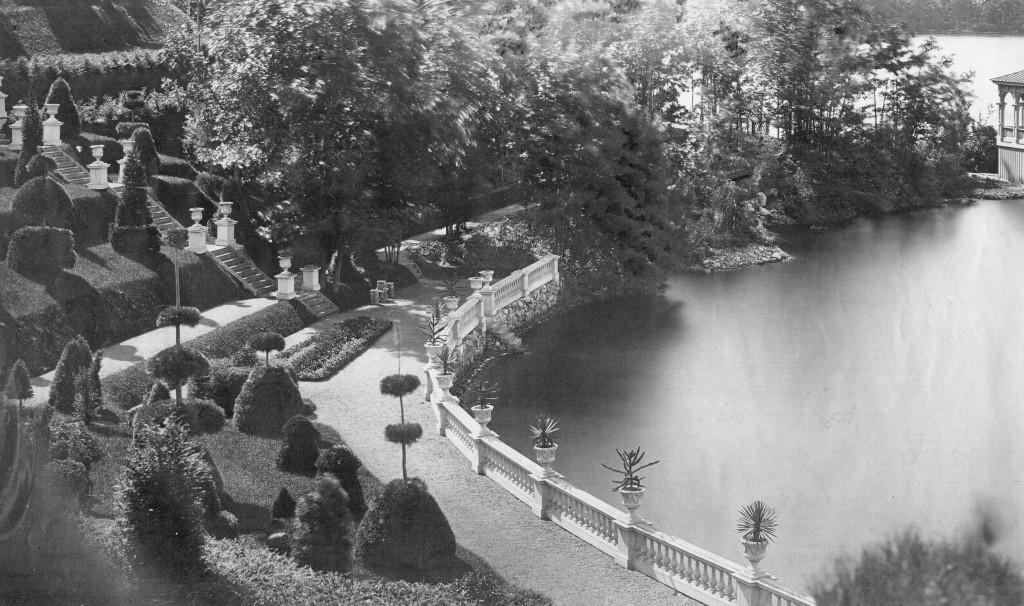Last week I had the pleasure of visiting a private garden on three acres, south…
The Gardenesque Style Appeared in Victorian Gardens
In the early nineteenth century English landscape gardener and author John Claudius Loudon (1783-1843) first wrote about the gardenesque style as a landscape style quite different from the prevailing picturesque view. Its signature feature included a collection of plants, isolated in the garden in groups or singly by themselves and planted so they did not touch other plants. Thus visitors could view them as in an arboretum or public garden.
That style also became an expression of the Victorian garden. That was a time when plant collecting forced gardeners to rethink the prevailing picturesque or natural landscape view. Gardeners coveted plants coming from Africa, Asia, and America. They also wanted to show off these plants in the garden.
Caroline Ikin writes in her book The Victorian Garden: “The gardenesque style was embraced by Victorian botanic gardens and arboreta where collections of plants and trees were displayed to encourage individual study and appreciation.”
In 1866 near Boston in the town of Wellesley Horatio Hollis Hunnewell opened his garden and called it a Pinetum, where he could show off his collection of evergreens. [below] One might call his garden style ‘gardnesque’ therefore.
Hunnewell purchased hundreds of trees, many from England, and assembled them in this Pinetum.
He labeled the trees as well.

English garden writer William Robinson visited the Pinetum in 1870 and heaped praise on its collection of trees and shrubs.[from the book So Fine a Prospect: Historic New England Gardens.]
At a time when the two defining styles of gardening, the formal and picturesque, had dominated, Loudon introduced a new way to use plants in the landscape and called it gardnesque. Gardeners both in England and America embraced this fashion.
This Post Has 0 Comments